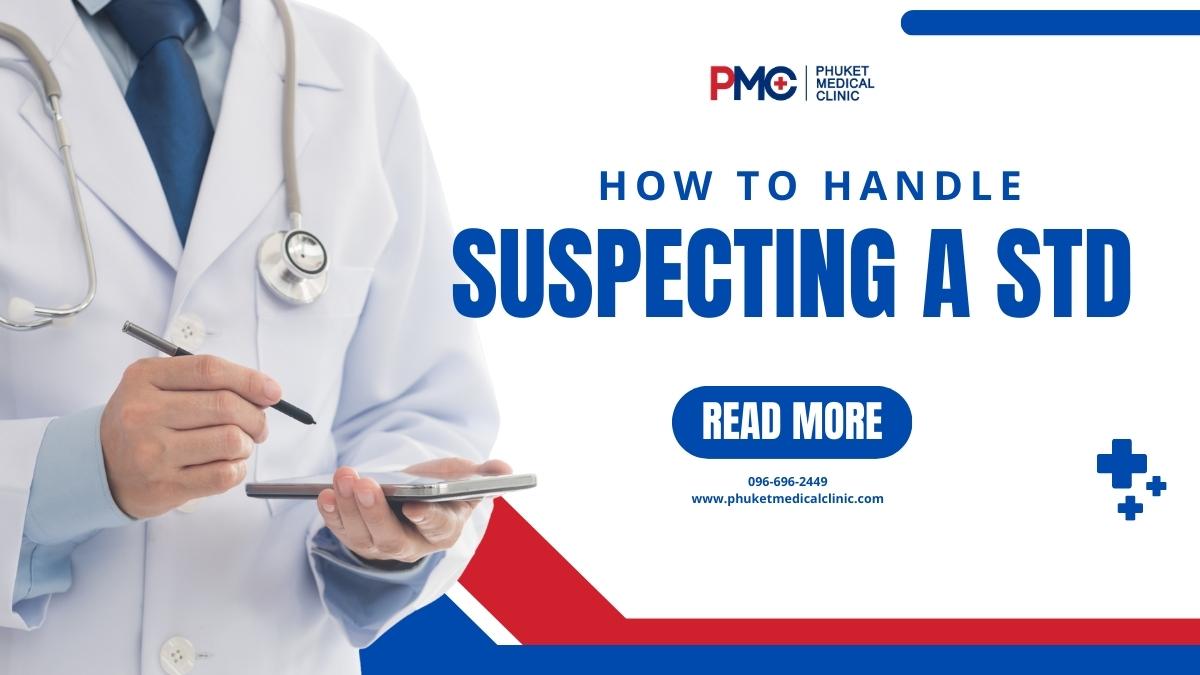When it comes to viral infections, distinguishing between similar-sounding conditions like herpes, chickenpox, and shingles is crucial for accurate diagnosis and timely treatment. While these three ailments share a common viral origin, they manifest differently and require distinct approaches for management. In this article, we will explore the key characteristics of herpes, chickenpox, and shingles to help you differentiate between them.
Herpes Simplex : Causes, Symptoms, and Treatment Options
Herpes simplex is a common viral infection that affects millions of people worldwide. It is caused by the herpes simplex virus (HSV) and is categorized into two main types: HSV-1 and HSV-2. This article will delve into the details of herpes simplex, including its causes, symptoms, and available treatment options, as well as provide essential information on managing and preventing outbreaks.
Understanding and Preventing Popular Sexually transmitted infections (STIs)
Sexually transmitted infections (STIs) remain a significant public health concern worldwide, affecting millions of people each year. These infections can have serious consequences for individuals’ health and wellbeing, making it crucial to understand the most common STIs and take proactive measures to prevent their transmission. In this article, we will explore some of the most popular infectious diseases that are transmitted through sexual contact and discuss ways to protect yourself and your partners.
How to Handle Suspecting a STD?
Early detection STD and treatment are paramount in improving health outcomes and saving lives. Detecting medical conditions at an early stage allows for timely intervention, preventing the progression of diseases and minimizing potential complications. This approach significantly increases the effectiveness of treatments, reducing the need for more invasive and costly procedures later on. Additionally, early detection often provides a broader range of treatment options, enhancing the likelihood of successful outcomes. Prioritizing early detection empowers individuals to take proactive control of their health, promoting a healthier population overall and easing the burden on healthcare systems. Ultimately, it underscores the fundamental principle that prevention is better than cure.




